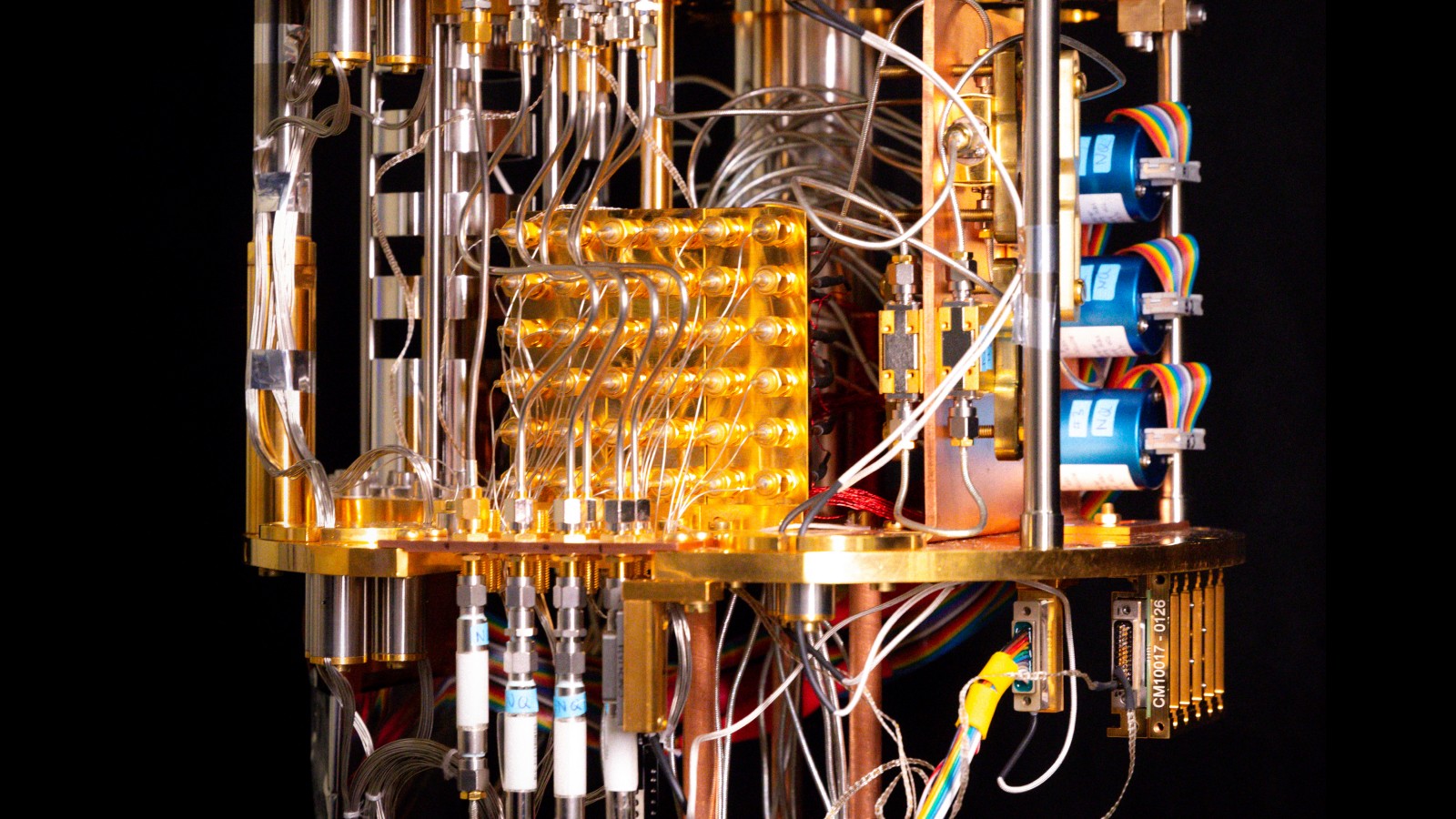Drones, Vol. 7, Pages 68: Joint Trajectory Planning, Time and Power Allocation to Maximize Throughput in UAV Network
Drones doi: 10.3390/drones7020068
Authors: Kehao Wang Jiangwei Xu Xiaobai Li Pei Liu Hui Cao Kezhong Liu
Due to the advantages of strong mobility, flexible deployment, and low cost, unmanned aerial vehicles (UAVs) are widely used in various industries. As a flying relay, UAVs can establish line-of-sight (LOS) links for different scenarios, effectively improving communication quality. In this paper, considering the limited energy budget of UAVs and the existence of multiple jammers, we introduce a simultaneous wireless information and power transfer (SWIPT) technology and study the problems of joint-trajectory planning, time, and power allocation to increase communication performance. Specifically, the network includes multiple UAVs, source nodes (SNs), destination nodes (DNs), and jammers. We assume that the UAVs need to communicate with DNs, the SNs use the SWIPT technology to transmit wireless energy and information to UAVs, and the jammers can interfere with the channel from UAVs to DNs. In this network, our target was to maximize the throughput of DNs by optimizing the UAV’s trajectory, time, and power allocation under the constraints of jammers and the actual motion of UAVs (including UAV energy budget, maximum speed, and anti-collision constraints). Since the formulated problem was non-convex and difficult to solve directly, we first decomposed the original problem into three subproblems. We then solved the subproblems by applying a successive convex optimization technology and a slack variables method. Finally, an efficient joint optimization algorithm was proposed to obtain a sub-optimal solution by using a block coordinate descent method. Simulation results indicated that the proposed algorithm has better performance than the four baseline schemes.

 1 year ago
20
1 year ago
20

